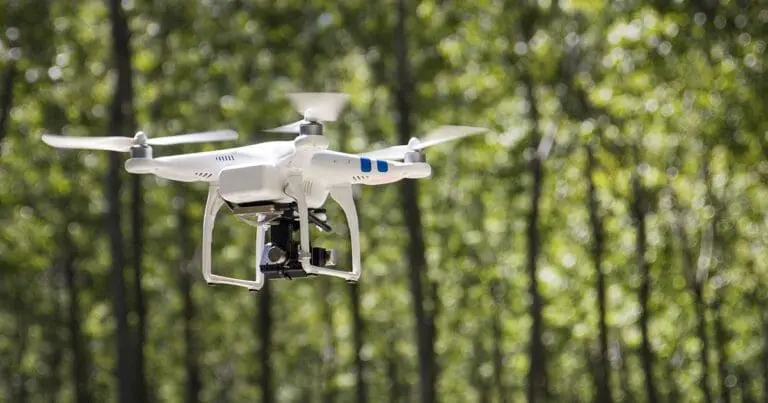
Drones are rapidly becoming a crucial tool in various industries, offering new perspectives and efficiencies that were previously unattainable. As technology progresses, more businesses are exploring how drones can aid in their operations, leading to significant developments in workflow, safety, and cost-effectiveness. This blog post aims to provide a comprehensive guide on effectively integrating drones into your business.
Before incorporating drones into your operations, it’s essential to understand the regulatory environment, choose the right type of drone for your specific needs, and calculate the return on investment. This guide takes a deep dive into these topics, offering top tips drawn from industry experts and successful case studies.
Choosing the Right Drone Technology
Selecting the appropriate drone for your business needs is crucial for maximizing benefits while maintaining efficiency. It involves understanding the capabilities of different drone models and how they align with business objectives. For instance, multicopters are suitable for aerial photography and videography due to their stability and ease of maneuverability, which is beneficial for real estate and construction sectors. Fixed-wing drones, on the other hand, are ideal for mapping large areas because of their longer flight times. Ensuring the drone’s technology matches your requirement can drastically improve operational efficiency. More about benefits of drone technologies can be found at https://theenterpriseworld.com/benefits-of-drones-for-business-use/.
Additionally, consider drones equipped with advanced sensors like thermal or multispectral cameras, which open up possibilities in agriculture, environmental monitoring, and infrastructure inspection. Investing in the right technology initially can lead to substantial long-term savings and improved outcomes.

Understanding Regulatory Compliance
Regulations governing the use of drones vary significantly by region and intended application. Familiarizing yourself with these regulations is vital to ensure legal operation of drones within your business framework. In the United States, for example, commercial drone operation requires adherence to specific FAA guidelines and often necessitates obtaining a Remote Pilot Certificate. Failure to comply with these regulations could lead to hefty fines or legal challenges.
The process might include registering the drone with the relevant authorities, ensuring proper licensing, and maintaining operational logs. Regular updates on laws should also be a priority to stay compliant as rules evolve with advancing technology.
Incorporating Drones into Business Operations
Drones offer transformative potential across various business operations from real-time surveillance in security services to rapid delivery mechanisms in e-commerce. Implementing drones effectively requires careful planning and integration into existing workflows without disrupting established systems.
This might involve pilot training programs, establishing clear operational procedures, and setting measurable objectives to assess the impact of drones on business efficiency and profitability. Importantly, engagement with staff at all levels about how drones will enhance rather than replace existing processes can facilitate smoother integration.
Data Handling and Privacy Concerns
With great power comes great responsibility: deploying drones often involves collecting large volumes of data which must be handled sensitively, particularly personal data collected over populated areas. Ensuring robust data management procedures that comply with GDPR or other relevant privacy frameworks is critical.
This entails implementing strong encryption methods during data transmission and having secure storage solutions. Also, transparent communication about what data is collected and how it will be used builds trust internally among employees and externally with customers or clients.
Cost-Benefit Analysis of Drone Use
While initial expenditures for top-tier drone systems may seem high, the return on investment can be significant due to increased efficiency, reduction in manpower needs, and enhanced capabilities compared to traditional methods. Conducting a detailed cost-benefit analysis helps in making a well-informed decision.
Evaluate both direct costs like purchase price, training expenses, maintenance costs against indirect benefits such as reduced work hours for certain tasks, improved quality of output, and safer working conditions. Documenting existing expenses against projected costs post-drone deployment offers tangible metrics for assessing profitability enhancements.
In conclusion, introducing drones into your business isn’t just about staying ahead technologically but adapting strategically to future market trends. Businesses that understand how to harness this potential correctly find themselves gaining a competitive edge through increased efficiency and unique capabilities offered by unmanned aerial vehicles (UAVs).
Begin with comprehensive research on what type of drone suits your business best, follow legal guidelines diligently while preparing your team adequately for this technological leap. The way forward with drones looks promising across various sectors with thoughtful integration into traditional business models.
